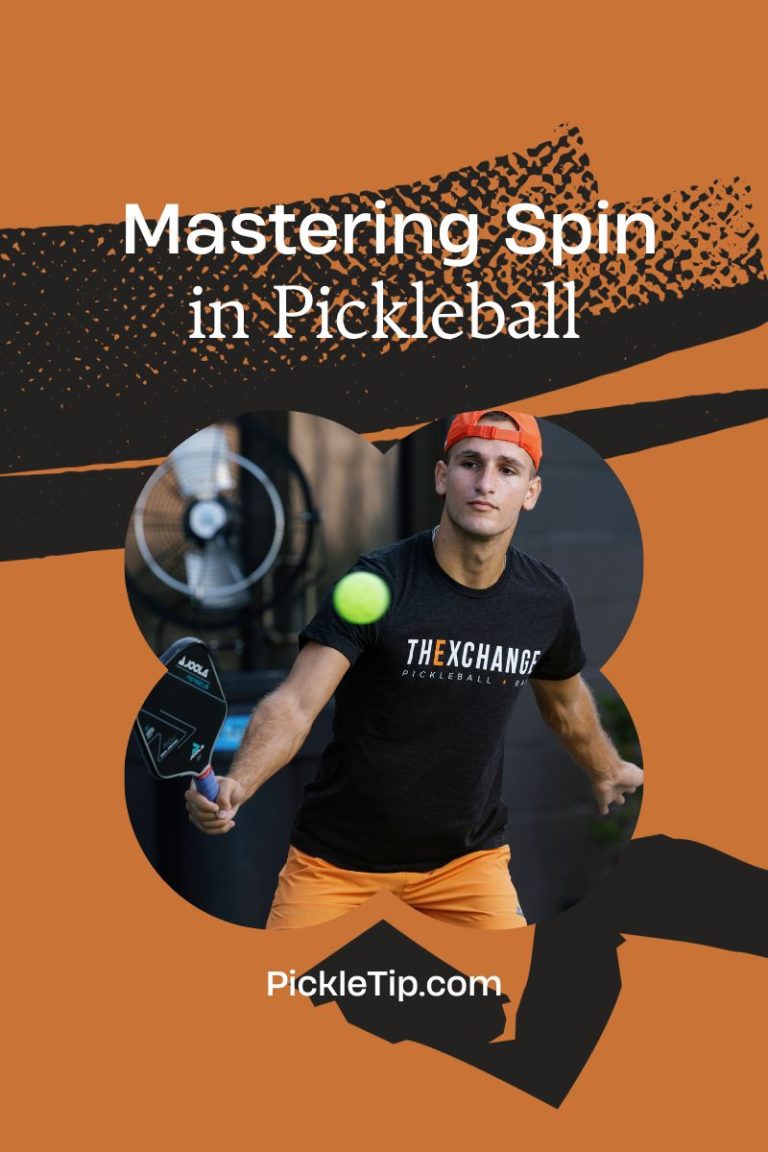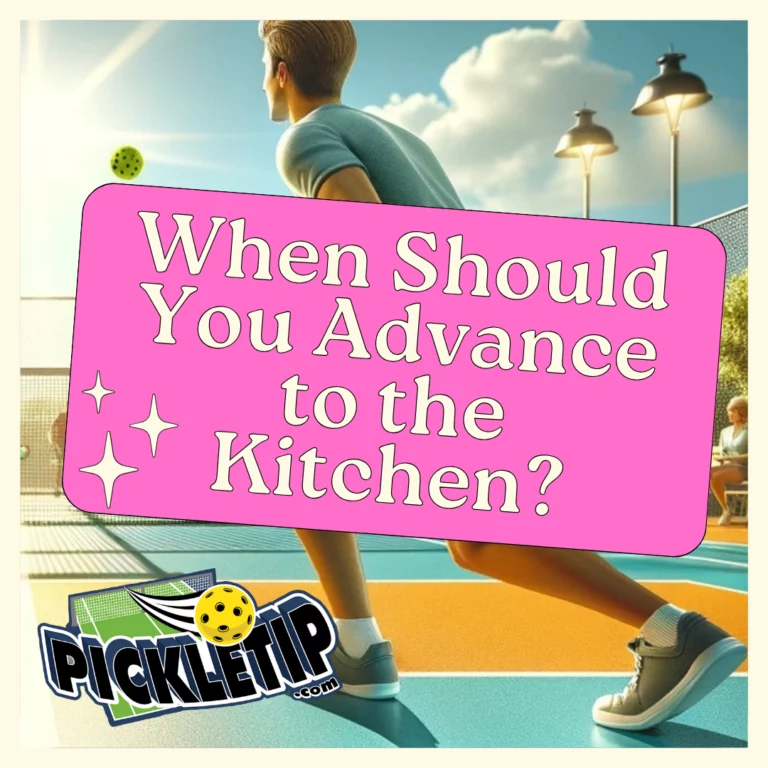Unforced Errors when Serving in Pickleball
Serving in Pickleball: A Comprehensive Guide to Elevate Your Game
Serving in Pickleball: A pivotal aspect of pickleball is the serve, akin to basketball’s free throw, where the player has full control without immediate opponent pressure. This article explores the philosophy of a successful pickleball serve, the benefits of a routine, and psychological strategies to enhance your serve.
Serving in Pickleball: The Importance of a Routine
Just as basketball players have specific free throw routines, pickleball players should develop a serving routine. A well-established routine calms the mind, allowing players to focus solely on the serve, thereby increasing the likelihood of a successful serve.
Serving in Pickleball: The Analytical vs. Intuitive Brain
Understanding the roles of the analytical and intuitive brain is crucial in pickleball. The analytical brain calls the score, while the intuitive brain manages the serve. A pause between calling the score and serving gives the analytical brain time to recede, letting the intuitive brain take over for a more successful serve.
DUPR Rating Session
During a DUPR rating session, I observed numerous serves hitting the net, often due to rushing. A solid routine can significantly reduce these errors, improving the overall game.
Serving in Pickleball: The Philosophy Behind a Successful Serve
The philosophy behind a successful serve is simple: relax, take your time, and focus. This harmony between mind and body increases the likelihood of a successful serve, turning it into a unique opportunity for scoring.
Psychological Tips to Enhance Your Serve
- Visualization: Picture a successful serve in your mind before executing it.
- Positive Self-Talk: Replace negative thoughts with positive affirmations to boost confidence.
- Mindfulness and Breathing: Be fully present in the moment, focusing on your breath and body movements.
- Goal Setting: Set SMART goals for your serve to provide motivation and a clear path to improvement.
- Embracing Pressure: Use pressure as a motivator rather than a fear factor.
- Routine as a Trigger: Let your routine trigger a state of flow, where you are fully immersed in the task at hand.
Statistics to Consider When Serving in Pickleball
At the 4.0+ level, there are an average of 180 hits per game, with 16 unforced errors, accounting for approximately 9% of total hits. In contrast, at the 3.0 and 3.5 levels, unforced errors play a more significant role, with fewer total hits (128 and 140, respectively) and a higher percentage of rallies ending in unforced errors. Winning teams have fewer unforced errors 70% of the time, with an average of 6 points per game earned from unforced errors, equating to 28% to 40% of total points scored.
Elevate Your Game with a Masterful Serve
Mastering the art of pickleball serving requires understanding the importance of a routine, the roles of the analytical and intuitive brain, and the philosophy behind a successful serve. Incorporating these psychological tips into your serving philosophy will enhance your mental game and increase your chances of executing a successful serve. Remember, the serve is your free throw – take advantage of this opportunity to score and elevate your game to new heights with masterful Serving in Pickleball.








I want to do all this but I’m too busy remembering who served last and what the score is!!! I can either play good or keep score. Not both at the same time!!